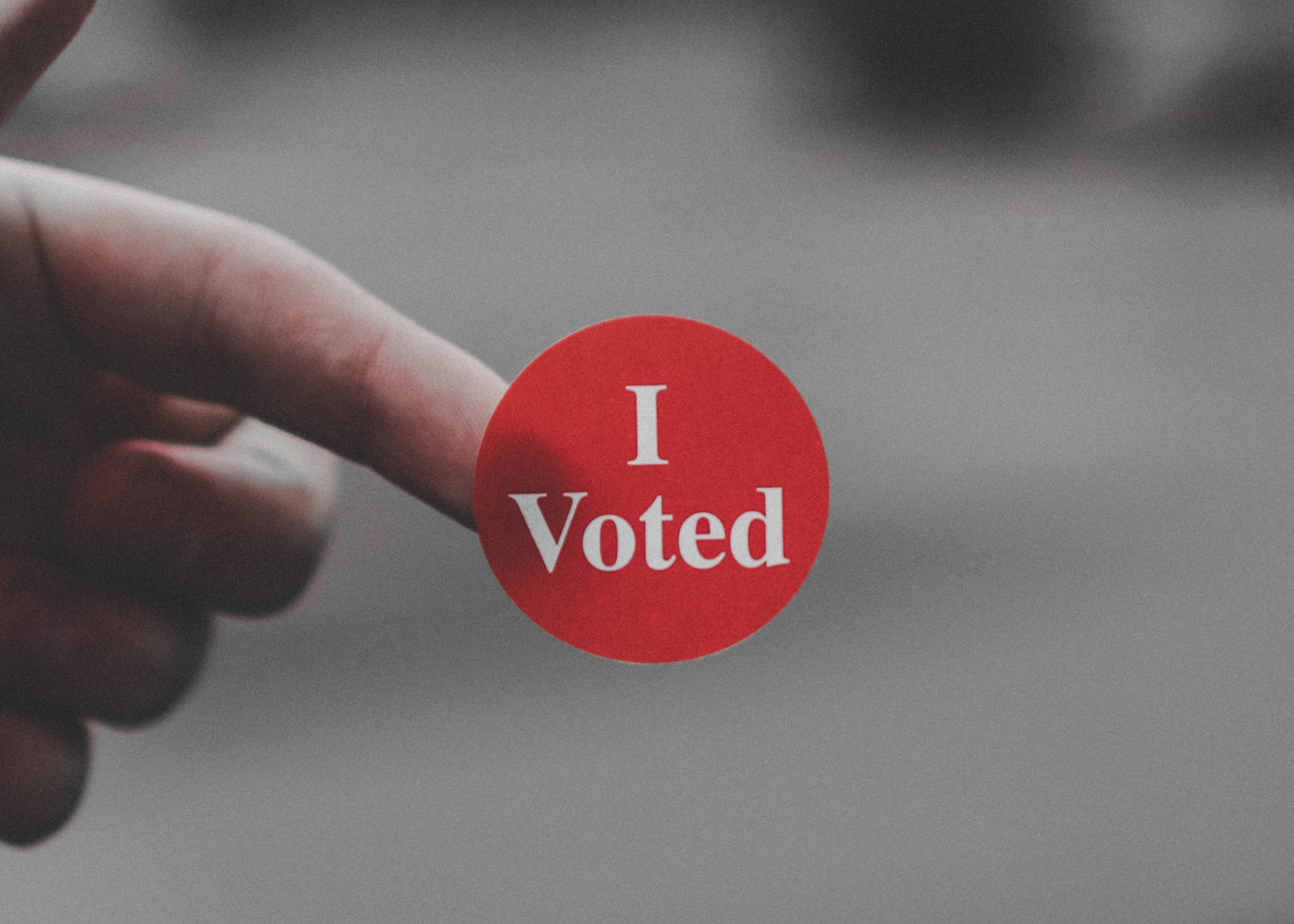The Local newsletter is your free, daily guide to life in Colorado. For locals, by locals.
Well, Colorado, we finally have some answers. When the primary election polls closed on Tuesday, we quickly learned who would advance to the general election in the contentious race to become the state’s 43rd governor (Jared Polis and Walker Stapleton). We also got a first look at how the state’s new primary election system—which, thanks to Proposition 108, allows unaffiliated voters to participate for the first time—works.
In short, unaffiliated voters showed up. While final numbers are not yet available, as of June 28, more than 290,000 unaffiliated voters took advantage of the new primary system and cast votes in either the Democratic or Republican contests. But is that number high or low?

“What we know so far, is it looks like the unaffiliated voters turned out at about half the rate of partisans,” says Seth Masket, a professor at the University of Denver’s Department of Political Science. “That is way more than zero, which is how many were allowed to vote before.”
Of those unaffiliated voters, more opted to participate in the Democratic primary than the Republican contest this year—but don’t jump to conclusions. “I think there’s a temptation to view that as a signal that the unaffiliated are leaning heavily Democratic this year,” Masket says. “That is possible, but we don’t know from the ballots.” (As we reported in May, unaffiliated voters are difficult to define.) But David Flaherty, CEO of Republican polling and political strategy firm Magellan Strategies says the ballot returns provide insight: “Going into November, I can’t deny that it’s always a good sign when your voters show up to vote in a primary.”
Additionally, voters who are 40 years old or younger, a voting population that has grown in recent elections, turned in more than 235,000 ballots. “The open primary system was a great thing for young voters,” says Lizzy Stephan, executive director of nonpartisan New Era Colorado, which leads voter registration projects. “Young people will be more influential in these elections in years to come.”
Campaigns are likely to use information from this election in the future to find ways to appeal to unaffiliated voters who could make the difference when ballots are counted. Because, while the winning margins for both Polis and Stapleton were substantial on June 26, that isn’t always the case. “In past contested primaries, it was much closer,” Flaherty says. For example, in 2014, Bob Beauprez won the Republican primary for governor with 116,333 votes, but less than 40,000 votes separated him from the fourth place finisher. Tom Tancredo, who finished second, was only 13,503 votes behind.
One thing seems certain: What motivates the unaffiliated voter has been a question in Colorado politics for a long time—and will remain so.








